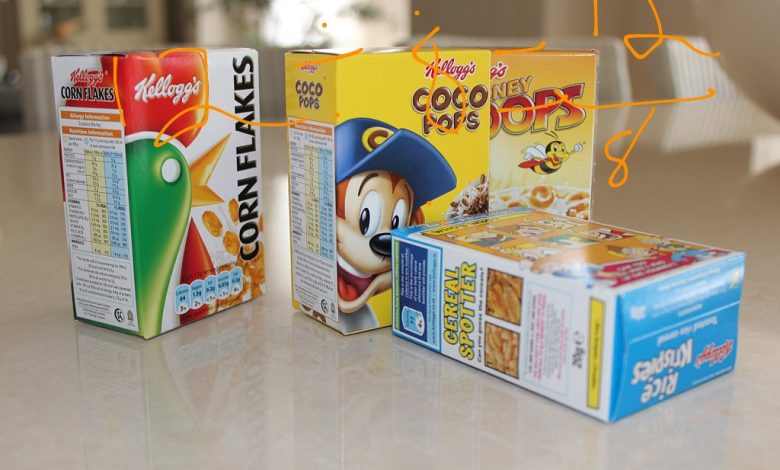How to Measure Your Custom Cereal Boxes Dimensions: A Guide for 2024

The demand for custom cereal boxes in 2024 continues to grow, driven by the need for unique packaging solutions that attract consumers’ attention. Whether you’re a manufacturer, designer, or retailer, understanding how to accurately measure custom cereal boxes’ dimensions is crucial for ensuring the perfect fit and aesthetic appeal. This guide will walk you through the process step-by-step, highlighting important considerations and best practices.
Understanding Custom Cereal Boxes
Custom cereal boxes are designed to not only protect but also promote the cereal brand. They come in various sizes and shapes, catering to different cereal volumes and packaging requirements. From mini cereal boxes ideal for single servings to larger wholesale options for retail distribution, each type serves a specific purpose in the market.
Importance of Accurate Measurements
Accurate measurements are essential for several reasons:
- Fit and Functionality: Ensures the cereal packaging boxes can securely hold the product without excessive space or tightness.
- Aesthetic Appeal: Proper dimensions contribute to a visually appealing packaging that aligns with brand image and consumer expectations.
- Cost Efficiency: Helps in optimizing material usage and reducing packaging costs by minimizing waste.
Step-by-Step Guide to Measuring Custom Cereal Boxes
Step 1: Measure Box Dimensions
- Length Measurement:
- Measure the longest side of the box from end to end.
- Ensure to account for any flaps or closures that extend beyond the main body of the box.
- Width Measurement:
- Measure the shorter side of the box from edge to edge.
- Include any side panels that add to the overall width of the box.
- Height Measurement:
- Measure the vertical distance from the base to the top of the box.
- Include any additional height from flaps or lids.
Step 2: Record Internal Dimensions
- Internal Length:
- Measure the inside length of the box.
- This measurement helps determine how much space is available for the cereal product.
- Internal Width:
- Measure the inside width of the box.
- Consider any internal partitions or dividers that affect the usable space.
- Internal Height:
- Measure the inside height of the box.
- Account for any internal structures that may reduce the usable height.
Step 3: Calculate Box Volume
- Volume Calculation: Multiply the internal length, width, and height measurements to determine the volume of the box in cubic inches or cubic centimeters. This calculation helps in estimating the amount of cereal the box can hold.
Step 4: Consider Special Features
- Handles or Grips: Measure the dimensions of any handles or grips if included in the design.
- Die-Cut Windows: Measure the size and placement of any die-cut windows that showcase the cereal product.
Best Practices for Measuring Custom Cereal Boxes
- Use a Measuring Tool: Use a ruler, tape measure, or caliper to ensure accurate measurements.
- Measure Twice: Double-check all measurements to avoid errors that could lead to incorrect box sizes.
- Consider Tolerances: Account for manufacturing tolerances that may affect the final dimensions of the box.
- Document Measurements: Keep a detailed record of all measurements for reference during packaging design and production.
Conclusion
Mastering the art of measuring custom cereal boxes dimensions is a fundamental skill for anyone involved in the packaging industry. By following this comprehensive guide and adhering to best practices, you can ensure that your cereal boxes not only meet functional requirements but also stand out on store shelves. Embrace the evolving trends of 2024 by optimizing your packaging strategies with precise measurements and impactful designs that resonate with consumers.
Read more news on businessnewstips.co.uk



